Spiders often evoke fear and discomfort in humans, particularly those species known for their potent venom. Despite their fearsome reputation, these eight-legged creatures play crucial roles in maintaining healthy ecosystems worldwide. From controlling pest populations to contributing to medical research, venomous spiders provide ecological services that far outweigh their potential dangers. This article explores the vital ecological functions of venomous spiders, highlighting why their conservation matters even when our instinct might be to eliminate them. By understanding the essential roles these misunderstood creatures play, we can develop a greater appreciation for their place in the web of life that sustains our planet.
The Ecological Role of Predatory Spiders
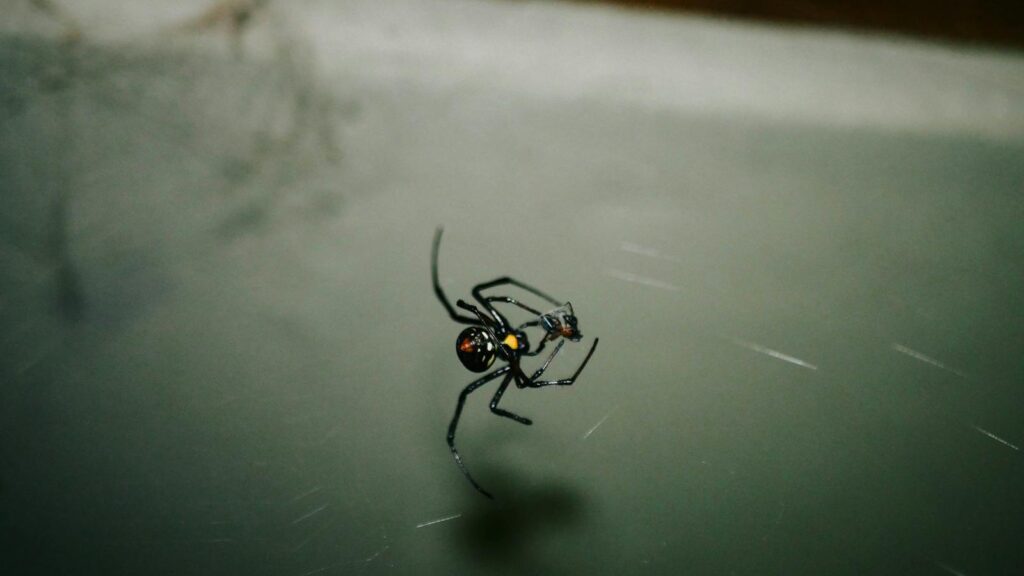
Venomous spiders serve as keystone predators in countless ecosystems, controlling populations of insects and other small invertebrates that might otherwise reach pest proportions. A single spider can consume hundreds of insects in a year, making them one of nature’s most effective pest control agents. This predatory behavior helps maintain the delicate balance between different species in an ecosystem, preventing any single insect population from dominating and potentially causing ecological disruption. Without spiders’ constant hunting, many ecosystems would experience dramatic shifts in species composition and potentially devastating insect population explosions.
Natural Pest Control Specialists
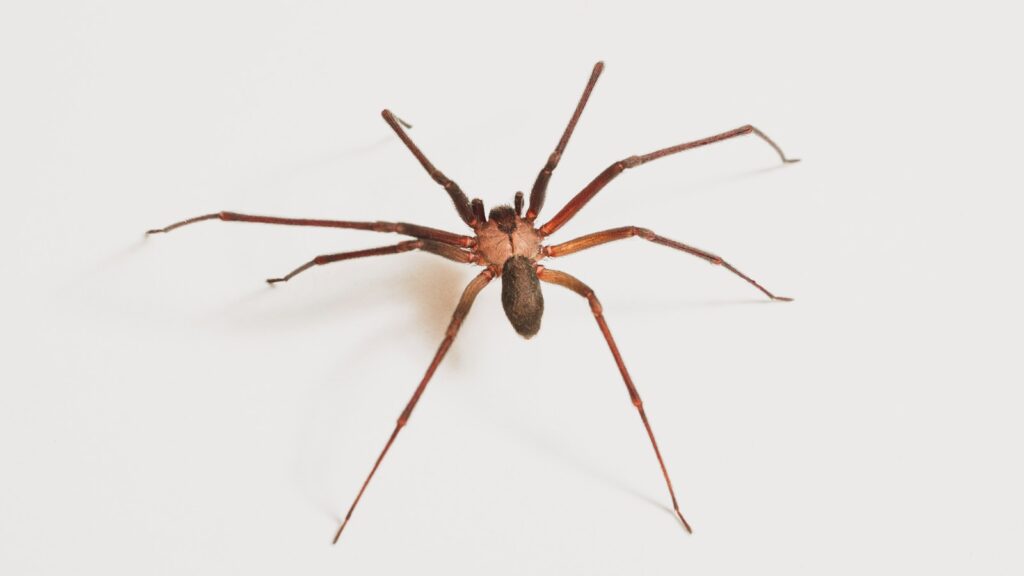
The pest control services provided by venomous spiders deliver enormous economic benefits to agriculture worldwide. Studies estimate that spiders save billions of dollars annually in crop damage by consuming agricultural pests that would otherwise destroy food production. Farmers who maintain spider-friendly habitats around their fields often experience fewer pest outbreaks and reduced need for chemical pesticides. In fact, some venomous species like wolf spiders are particularly efficient at controlling pests in agricultural settings, as they actively hunt rather than relying solely on web-building to catch prey. This natural pest management represents one of the most valuable and underappreciated ecosystem services that spiders provide.
Biodiversity Support Systems
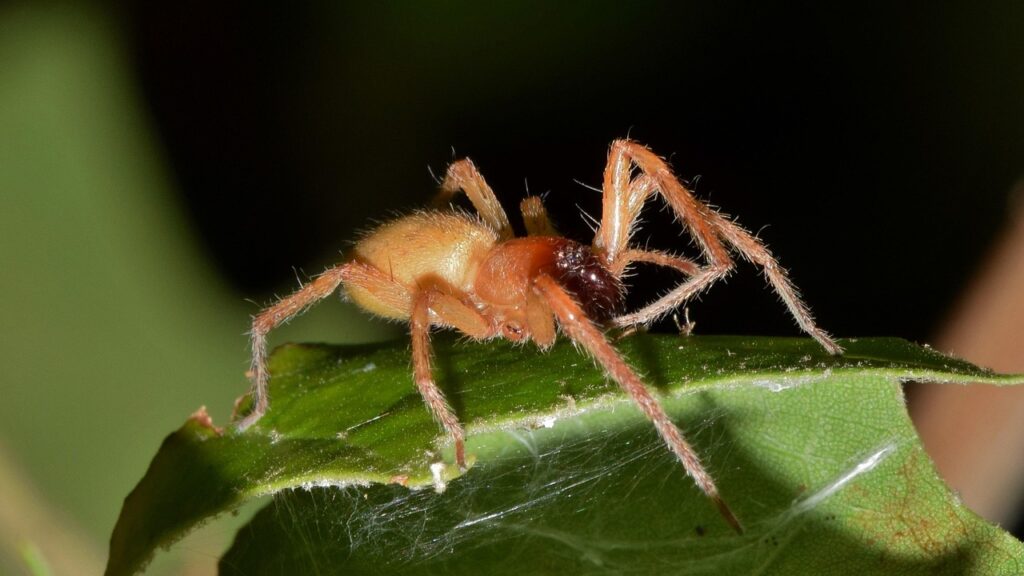
Venomous spiders contribute significantly to biodiversity by serving as both predators and prey in complex food webs. They provide food for numerous animals including birds, lizards, and other spiders, helping to transfer energy through multiple trophic levels. Many spider species have evolved specialized hunting techniques that allow them to catch specific types of prey, filling ecological niches that would otherwise remain vacant. This specialization contributes to ecosystem complexity and resilience, as different spider species collectively regulate diverse prey populations. Their presence also creates selective pressure that drives evolutionary adaptations in their prey, further enhancing biodiversity through coevolutionary relationships.
Medical Treasures in Venom
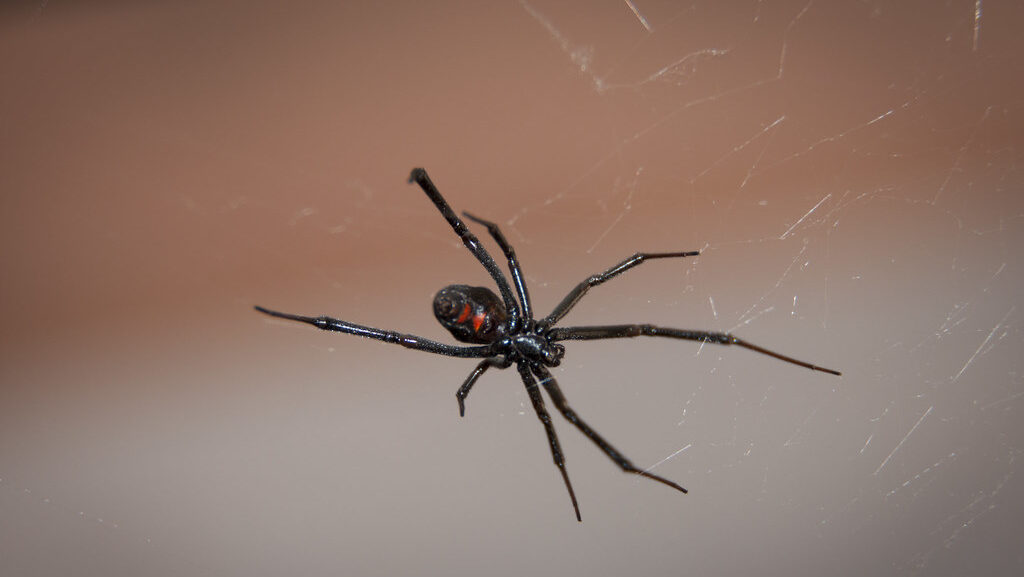
Spider venoms represent vast untapped resources for medical research and drug development. These complex chemical cocktails contain thousands of compounds that have evolved specifically to target nervous systems and other physiological processes. Scientists have already developed medications from spider venom components to treat conditions ranging from pain to cardiac arrhythmia. The venom of the Australian funnel-web spider, one of the world’s most dangerous species, contains a compound that shows promise in preventing damage from strokes and heart attacks. As research continues, venomous spiders may provide solutions to some of humanity’s most challenging medical problems, making their conservation critically important for scientific advancement.
Soil Health Engineers
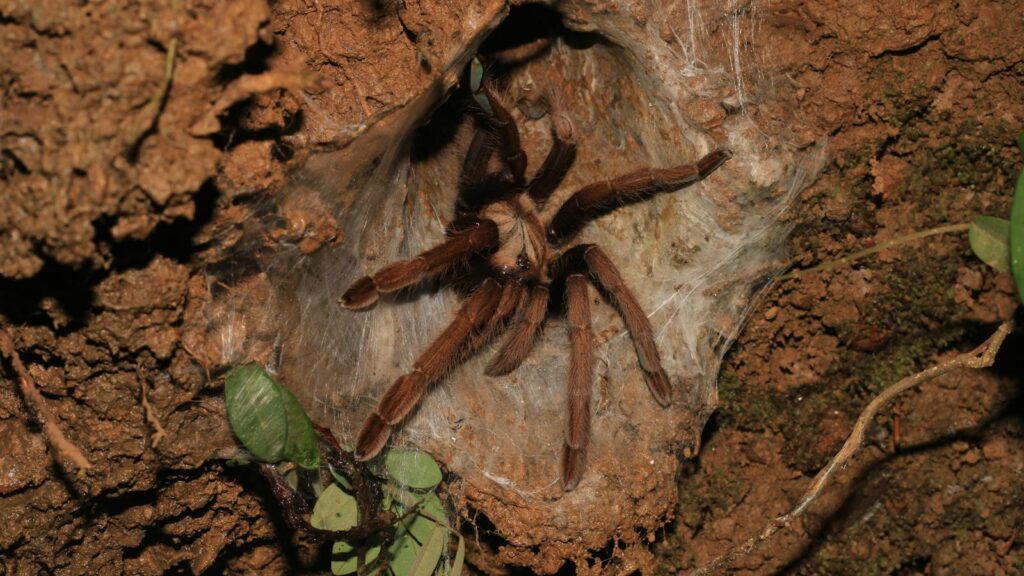
Many venomous spider species spend significant portions of their lives in soil environments, where they contribute to important ecosystem processes. Their burrowing activities help aerate soil, improving water infiltration and root growth for plants. As they hunt, spiders help regulate populations of soil-dwelling organisms that break down organic matter, indirectly influencing decomposition rates and nutrient cycling. When spiders die, their bodies provide nutrients to the soil, contributing to fertility in their habitats. These combined activities make venomous spiders important contributors to soil health and ecosystem productivity, particularly in natural areas where their populations remain intact.
Evolutionary Marvels

Venomous spiders represent remarkable evolutionary success stories, having survived for over 300 million years through multiple mass extinction events. This evolutionary resilience has produced extraordinary adaptations, from specialized silk production to highly sophisticated venom delivery systems. Scientists studying these adaptations gain insights into evolutionary processes, biomechanics, and biochemistry that inform multiple fields of research. The black widow’s silk, stronger than steel by weight, has inspired materials scientists developing next-generation fibers, while the precision of jumping spiders’ vision systems has influenced camera and sensor design. By protecting venomous spider species, we preserve living laboratories of evolutionary innovation.
Ecological Indicators

The presence and abundance of venomous spiders serve as important indicators of ecosystem health and environmental quality. Many spider species are sensitive to habitat disturbance, pollution, and climate change, making them valuable bioindicators for conservation monitoring. Declining spider populations often signal broader environmental problems affecting multiple species. Researchers tracking spider communities can detect early warning signs of ecosystem degradation before more visible impacts appear. Some venomous species, like the Sydney funnel-web spider, have such specific habitat requirements that their presence indicates particularly high-quality, intact ecosystems worth preserving for their overall biodiversity value.
Habitat Architects
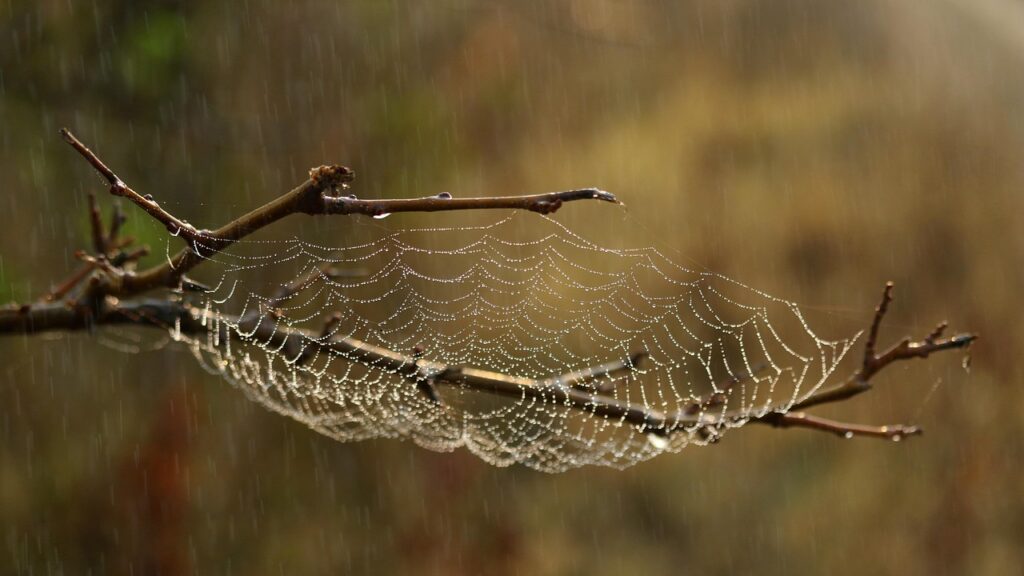
Web-building venomous spiders create physical structures that benefit numerous other organisms within their ecosystems. These silk constructions provide shelter for small insects, capture airborne nutrients and pollen, and even create microhabitats with distinct temperature and humidity conditions. Some small creatures deliberately seek out spider webs as protective nurseries for their young, benefiting from the spider’s defensive capabilities while avoiding predation themselves. In aquatic environments, fishing spiders create ripple patterns that other species use to navigate or locate resources. These architectural contributions enhance habitat complexity and create additional ecological niches that support greater biodiversity.
The Risk Reality: Contextualizing the Danger

Despite their fearsome reputation, the actual risk posed by venomous spiders to humans is vastly overestimated in public perception. Worldwide, deaths from spider bites are extremely rare, with fewer than 10 reliably documented fatalities per year globally. Most venomous species avoid human contact whenever possible and bite only when threatened or accidentally pressed against skin. Modern antivenom treatments have further reduced the medical risks from even the most dangerous species like the Brazilian wandering spider or Sydney funnel-web. Compared to other natural hazards or even domestic animals, venomous spiders pose minimal public health threats, making their ecological benefits far outweigh their potential dangers.
Conservation Challenges

Venomous spider populations face numerous threats that jeopardize their ecological functions and existence. Habitat destruction removes their hunting grounds and web-building sites, while pesticide use directly kills them or eliminates their prey base. Climate change disrupts the temperature-dependent aspects of their life cycles and alters the seasonal availability of their food sources. Invasive species, including non-native spiders, can outcompete native venomous species or introduce diseases that affect local populations. Deliberate killing due to fear further reduces populations of even beneficial venomous species, creating ecological imbalances that can cascade through entire ecosystems.
Living Alongside Venomous Spiders

Coexistence with venomous spiders is both possible and beneficial, requiring education and simple precautions rather than elimination efforts. Learning to identify the few genuinely dangerous species in one’s region helps reduce unnecessary fear and killing of harmless spiders. Simple measures like shaking out shoes and gloves before wearing them, using sealed containers for storage, and maintaining screens on windows can prevent most unwanted encounters. Creating spider-friendly zones in gardens and natural areas away from high-traffic household spaces allows these beneficial predators to provide pest control services while minimizing human contact. This balanced approach protects both human comfort and spider populations’ ecological contributions.
Educational Opportunities
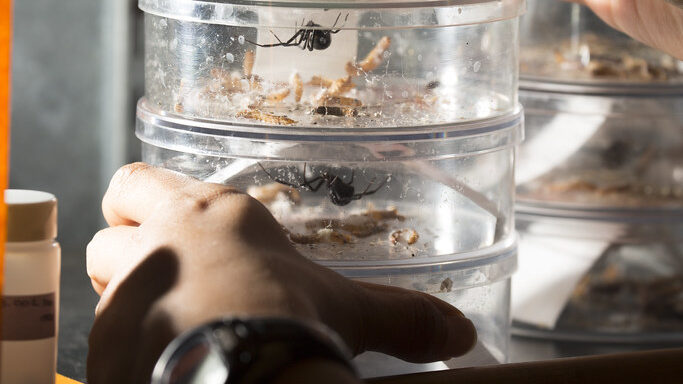
Venomous spiders offer exceptional educational value as entry points for teaching broader concepts in biology, ecology, and conservation. Their dramatic adaptations and complex behaviors capture public imagination, making them effective ambassadors for arthropod conservation and general nature education. Zoo exhibits featuring venomous spiders consistently draw visitor attention, creating opportunities to address misconceptions and highlight ecological importance. Citizen science projects tracking spider populations engage communities in meaningful conservation work while building appreciation for these misunderstood creatures. By transforming fear into fascination, educational programs about venomous spiders help build public support for the protection of all invertebrates and their habitats.
Future Research Frontiers

The study of venomous spiders continues to yield surprising discoveries with implications across multiple scientific disciplines. Researchers are developing advanced techniques to analyze the complete composition of spider venoms, potentially uncovering thousands of new bioactive compounds with medical applications. Climate change response studies track how spider populations adapt to changing conditions, providing insights into evolutionary processes and species resilience. Biomimicry researchers study spider silk production and venoms to develop new sustainable materials and technologies inspired by these natural systems. As technology advances, even the neurological basis of spider behaviors is becoming accessible to study, potentially revolutionizing our understanding of how complex behaviors arise from relatively simple nervous systems.
Conclusion
Venomous spiders, despite their intimidating reputation, represent irreplaceable components of healthy ecosystems worldwide. Their roles as predators, prey, soil engineers, and sources of medical compounds make them valuable far beyond what most people realize. As we face accelerating biodiversity loss and environmental challenges, protecting even the most feared creatures becomes increasingly important for maintaining functional ecosystems. By learning to appreciate venomous spiders for their ecological contributions rather than focusing solely on potential risks, we develop a more balanced relationship with the natural world. In the intricate web of life that sustains our planet, even the most dangerous spiders prove themselves not just tolerable, but truly essential partners in ecological health.
